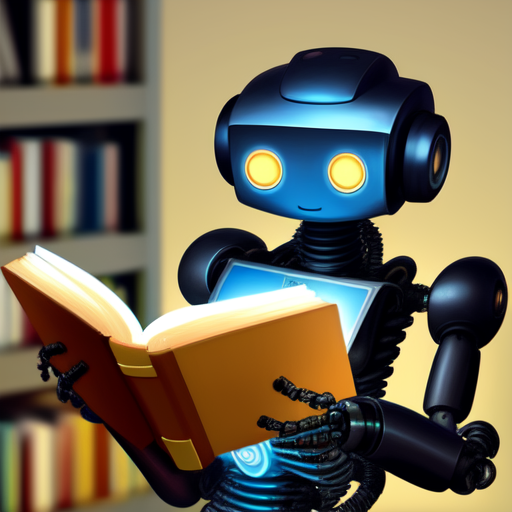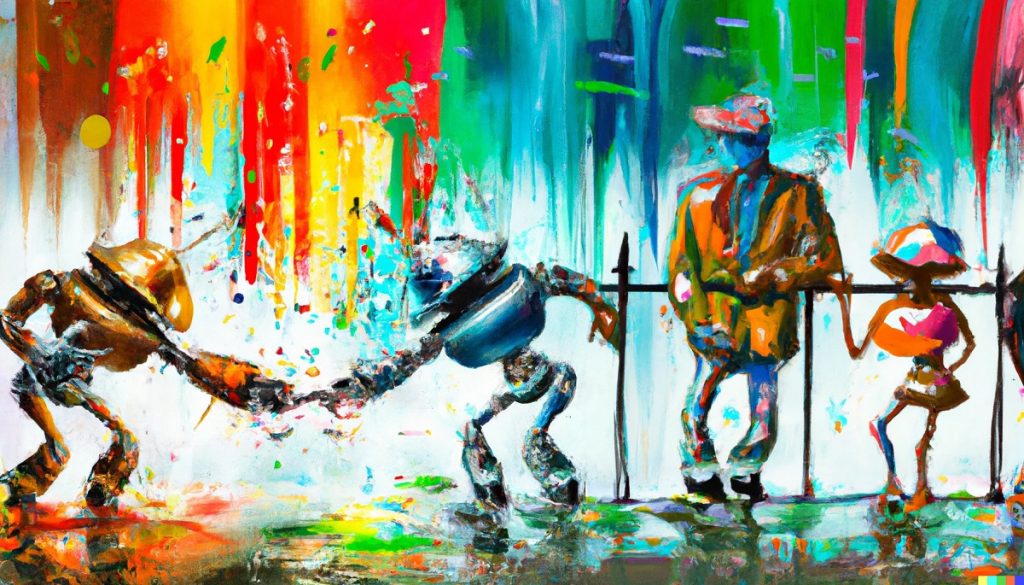How difficult it is to create a TTS from scratch?
Creating a Text-to-Speech (TTS) system from scratch can be a complex and challenging task that requires expertise in various fields, including linguistics, speech signal processing, machine learning, and natural language processing.
Here are some of the key steps involved in creating a TTS system:
- Data collection: TTS systems require a large amount of audio data for training. This data is typically in the form of recorded speech by human speakers.
- Text analysis: The TTS system must be able to analyze text and determine the appropriate pronunciation and prosody (rhythm, stress, and intonation) for each word and sentence.
- Acoustic modeling: This involves training a statistical model to convert the linguistic features extracted from the text into corresponding acoustic features that can be used to generate speech.
- Speech synthesis: The TTS system must be able to generate speech using the acoustic features generated by the acoustic model.
- Evaluation: The TTS system must be evaluated to ensure that it produces high-quality and natural-sounding speech.
Developing a TTS system from scratch can take a considerable amount of time, resources, and expertise. However, there are pre-built TTS engines and toolkits available that can be used to build customized TTS systems with less effort.
Where can I study this
There are several fields of study that can provide a foundation for developing a Text-to-Speech (TTS) system, including linguistics, computer science, electrical engineering, and speech and language processing. Some specific areas of study that can be particularly relevant include:
- Speech signal processing: This field focuses on the analysis, manipulation, and synthesis of speech signals. It includes topics such as speech analysis, speech coding, speech enhancement, and speech synthesis.
- Natural language processing: This field focuses on developing algorithms and models that enable computers to understand and process human language. It includes topics such as text analysis, parsing, and machine translation.
- Machine learning: This field focuses on developing algorithms and models that enable computers to learn from data and make predictions or decisions based on that data. It includes topics such as neural networks, deep learning, and reinforcement learning.
- Linguistics: This field provides a theoretical foundation for understanding human language, including phonetics, phonology, syntax, and semantics.
There are several universities around the world that offer programs and courses in these fields, including:
- Massachusetts Institute of Technology (MIT)
- Carnegie Mellon University
- University of California, Berkeley
- Johns Hopkins University
- University of Edinburgh
- University of Cambridge
- National University of Singapore
- University of Tokyo
In addition, there are many online courses and resources available, such as those offered by Coursera, Udemy, and edX, that can provide an introduction to these topics.
Any books?
Here are some books that can provide a more in-depth introduction to the various fields related to Text-to-Speech (TTS) systems:
- “Fundamentals of Speech Recognition” by Lawrence Rabiner and Biing-Hwang Juang: This book provides an overview of the basic concepts and techniques used in speech recognition, which is a closely related field to TTS systems.
- “Speech and Language Processing” by Daniel Jurafsky and James H. Martin: This is a comprehensive textbook on natural language processing, which covers a wide range of topics such as text classification, parsing, and machine translation.
- “Pattern Recognition and Machine Learning” by Christopher Bishop: This is a textbook on machine learning that covers a wide range of topics such as linear regression, decision trees, neural networks, and deep learning.
- “Digital Signal Processing: Principles, Algorithms, and Applications” by John Proakis and Dimitris Manolakis: This is a comprehensive textbook on digital signal processing, which covers a wide range of topics such as Fourier analysis, filter design, and signal compression.
- “The Handbook of Speech Production” edited by Melissa A. Redford: This book provides an overview of the key topics in speech production, including the anatomy and physiology of speech, phonetics, and speech disorders.
These books can provide a solid foundation for understanding the principles and techniques used in developing TTS systems.
What’s the best program language for the TTS?
The choice of programming language for developing a Text-to-Speech (TTS) system depends on several factors, such as the specific requirements of the system, the available tools and libraries, and the expertise of the development team. Here are some of the most commonly used programming languages for TTS systems:
- Python: Python is a popular language for TTS systems because it has many powerful libraries for data processing and machine learning, such as NumPy, SciPy, and TensorFlow. Python is also relatively easy to learn and has a large community of developers.
- C/C++: C and C++ are commonly used for TTS systems because they are fast and efficient, making them well-suited for real-time processing. Additionally, many existing TTS engines and tools are written in C or C++, so familiarity with these languages can be helpful for customization or extension of existing systems.
- Java: Java is a popular language for developing server-side TTS systems because it has good performance, a large set of libraries, and a large developer community. Additionally, Java can be used to develop cross-platform systems.
- MATLAB: MATLAB is commonly used for signal processing and acoustic modeling in TTS systems. It has many built-in functions for signal processing and machine learning, and it is often used for prototyping and simulation.
- Swift: Swift is a programming language that is commonly used for developing TTS systems for Apple platforms. It has a modern syntax, and it is optimized for performance on Apple hardware.
Ultimately, the choice of programming language for a TTS system depends on the specific requirements of the system and the expertise of the development team.



